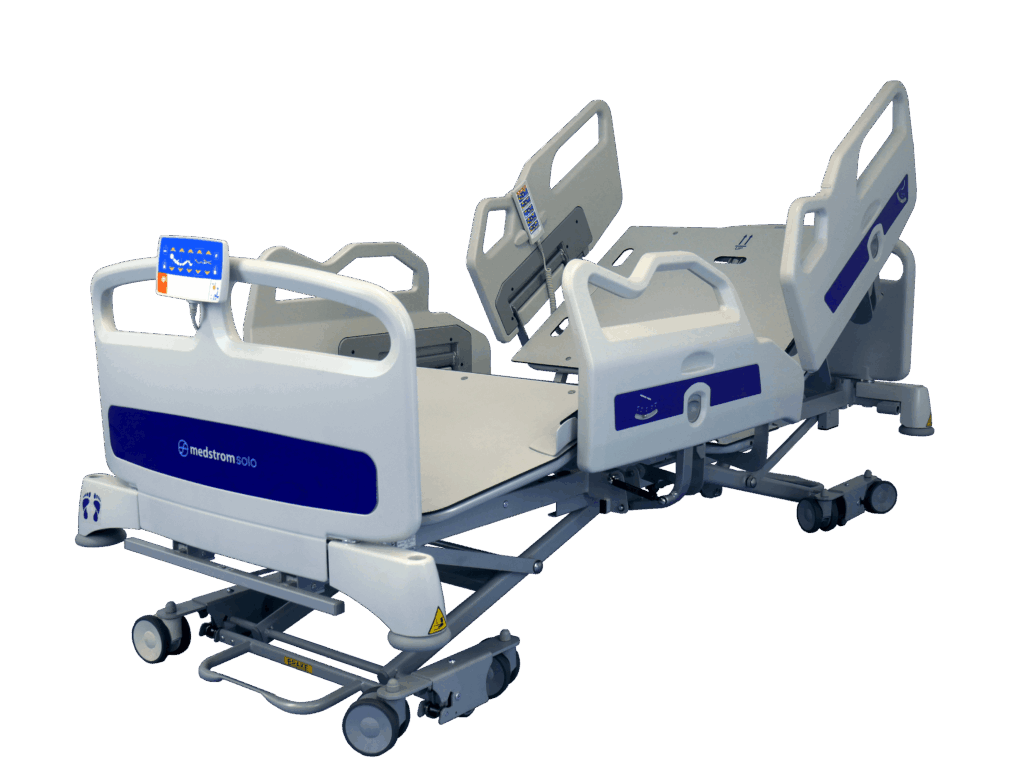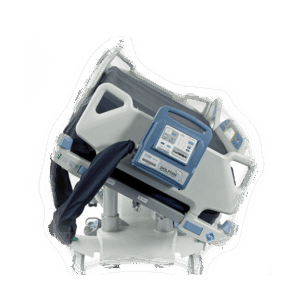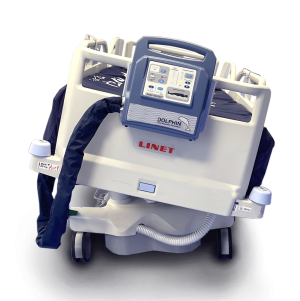
Weighing Patients – Why is Accuracy Important?
Weighing patients should be done routinely on admission to hospital and regularly thereafter. In the short video below, I explain the reasons why it’s so important to obtain accurate patient weights in critical care, and how this can be achieved.
The article below covers the challenges, reasons and recommendations for weighing patients.
Challenges with Weighing Patients
Weighing patients accurately in critical care is extremely important for both monitoring and treatment. However, this can be challenging for various reasons, including:
- No built-in scale on the hospital bed, so weighing the patient involves moving them to another piece of equipment which has a scale. Ideally, this should be avoided.
- The built-in scale on the bed is a weight indicator only, so isn’t accurate enough.
- Inadequate staff training on correct use of a scale may result in errors being made when recording the patient’s weight. One study found a third of all hospital scales were unreliable and many hospital staff had not been trained appropriately.1
- Nurses understand the importance of weighing patients but often delegate the task and many feel uncomfortable weighing patients without a good reason.1
Why is Obtaining Accurate Patient Weight Important?
- NICE recommends that body weight should be recorded on admission, weekly for inpatients and daily for the critically ill.2
- Obtaining an accurate weight is essential to assess a patient’s nutritional status, monitor fluid balance and ensure accurate drug dosages.1
- Using unreliable equipment can lead to inconsistencies in recording patient weight which may increase the risk of medical errors and have a detrimental effect on patient care.1
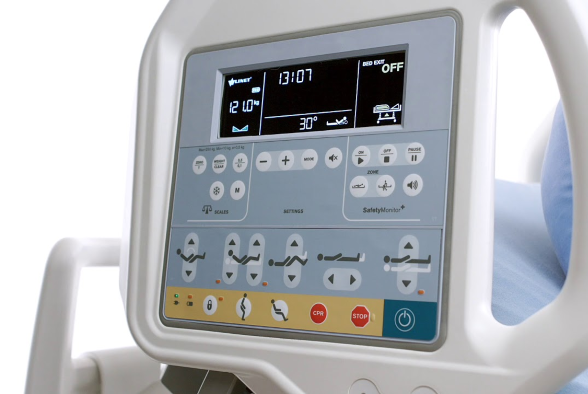
What are the Recommendations for Weighing Patients?
- Professionals must be appropriately trained and familiar with the equipment.
- All scales should:
- Have Class III or higher accuracy. This is essential for calculating the correct drug dosage.
- Be zeroed/tared prior to patient placement.
- Display the weight in metric.
- Weight should be obtained:
- At the same time each day.
- With the same clothing and equipment (if applicable).
- With empty drainage bags (for example ostomy, urinary catheter, surgical drains)
- Weight should be recorded in medical records, checked against previous records and abnormal findings reported to the multi-disciplinary team.3
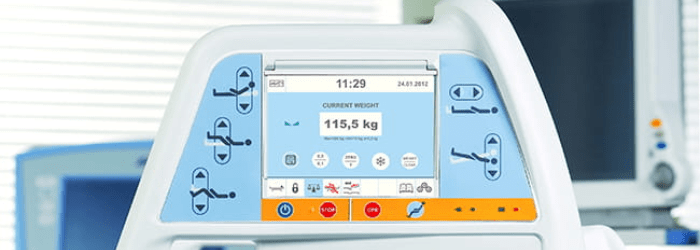
Eleganza 5 and Multicare Critical Care Beds
The Eleganza 5 and Multicare beds both provide the ability to weigh accurately, overcome the challenges, and achieve the goals and recommendations for weighing patients.
Both beds:
- Have integrated Class III scales.
- Are user-friendly.
- Display weight in metric to the nearest 0.5 or 0.1 kg (selected by user preference).
- Allow items to be removed or added without changing the patient’s weight.
- Are able to store daily weight history, so trends and changes over time can be easily tracked.
In summary, having access to an accurate weighing scale as soon as it’s needed, together with ensuring that staff are trained and confident in using it, will overcome many of the challenges of weighing patients in critical care.
References
-
Best C, Shepherd E (2020). Accurate measurement of weight and height 1: weighing patients. Nursing Times 116: 4, 50-52.
-
NICE (2006). Nutritional support for adults: oral nutrition support, enteral tube feeding and parenteral nutrition. https://www.nice.org.uk/guidance/cg32/chapter/Recommendations
-
Evans L, Best C (2014). Accurate assessment of patient weight. Nursing Times 110:12, 12-14.





